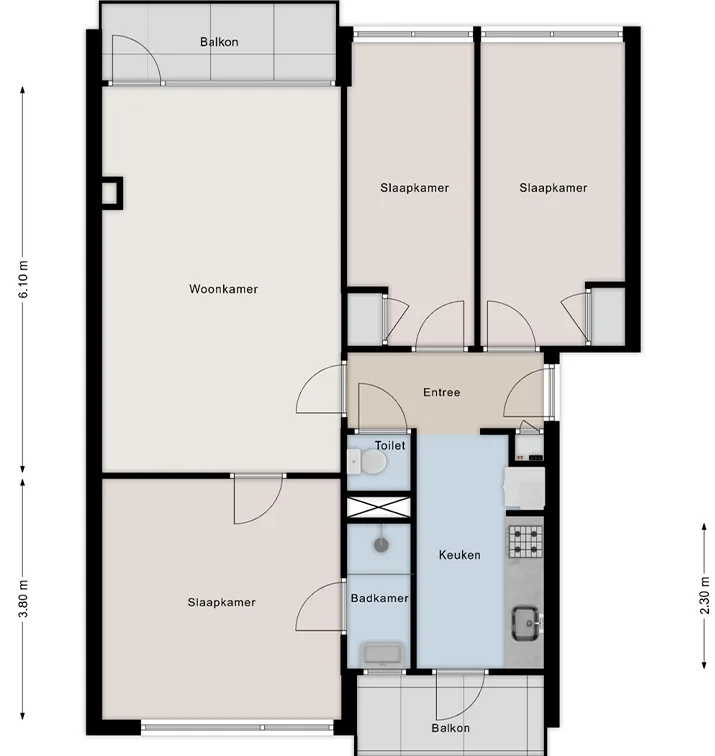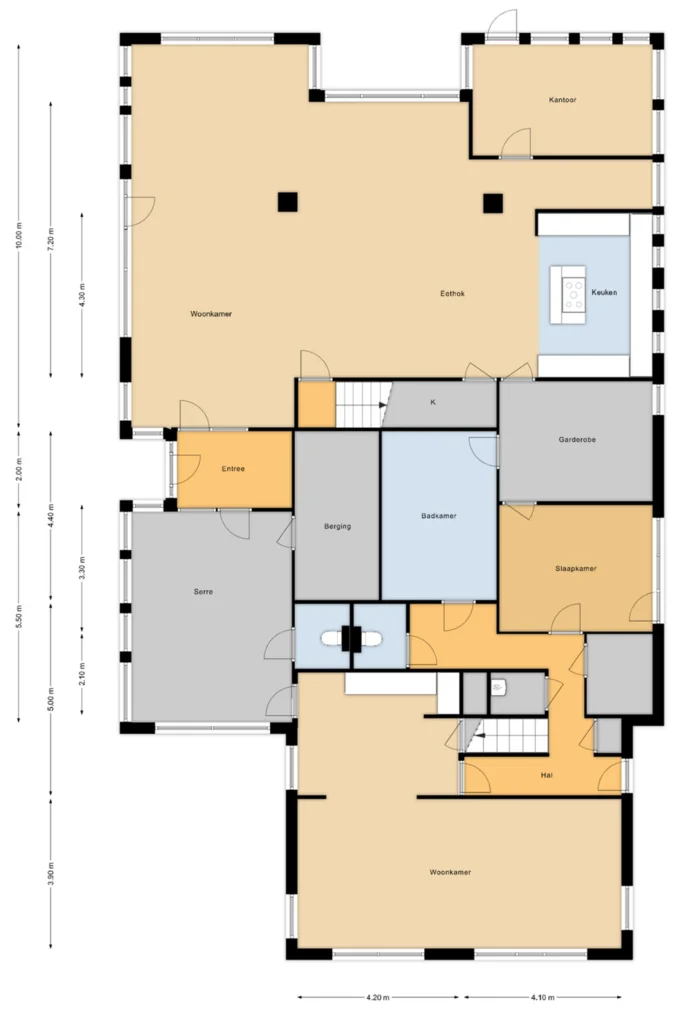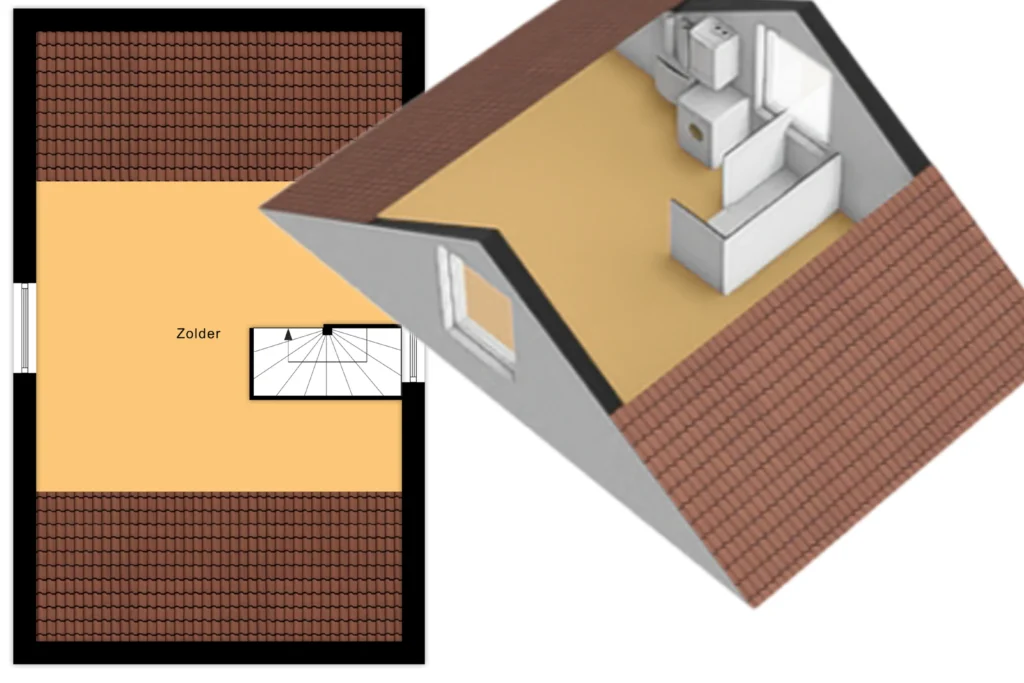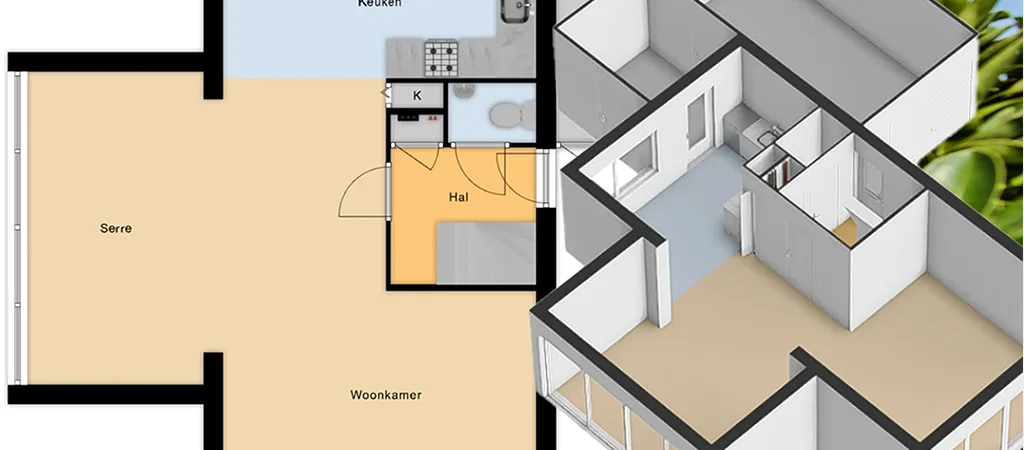Real Estate Funda Floor Plan: Home Design Guide
In the world of real estate, floor plans are very important. They help us see how a property is laid out. They are key for both buyers and sellers in the Netherlands.
As professional copywriting journalists, we will explore floor plans. We will see why they matter in real estate today. And how they can make marketing properties better.

Key Takeaways
- Funda Floor plans give a clear view of a property’s layout and size.
- They are vital for marketing properties, helping buyers see how spaces work.
- Funda Floor plans help buyers decide if a property fits their needs.
- Good Funda floor plans can make a property seem more valuable and appealing.
- Knowing about floor plan design is key for real estate pros to market well.
Understanding Funda Floor Plans in Modern Real Estate
In today’s fast-paced real estate world, the architectural floor plan is key. It’s not just a blueprint for homes; it’s a powerful tool for marketing. Let’s dive into why property visualization and real estate blueprint matter in the Dutch market. We’ll look at what makes up a property layout and how it helps in successful marketing.
Basic Elements of Property Layouts
A detailed architectural floor plan includes important parts. These help buyers and renters understand a property’s layout. Key elements are:
- Room dimensions and layouts
- Placement of doors, windows, and other architectural features
- Identification of living spaces, bedrooms, bathrooms, and other functional areas
- Indication of the property’s overall square footage and dimensions
Role in Property Marketing
A detailed real estate blueprint is vital in marketing. It acts as a visual tool, letting people see themselves in the space. This helps them understand the benefits of a detailed floor plan for real estate. A clear floor plan makes the property more appealing and helps buyers make better choices.
Visual Communication Standards
Following visual standards is essential for architectural floor plans in marketing. These standards make sure the plan is clear and easy to understand. They include consistent scaling, clear labels, and symbols. A good layout grabs the attention of potential buyers and renters.
| Feature | Description | Benefit |
|---|---|---|
| Accurate Dimensions | Precise measurements of rooms, spaces, and features | Allows buyers to visualize the property’s size and layout accurately |
| Furniture Placement | Indication of optimal furniture arrangement | Helps buyers envision the property’s livability and functionality |
| Labeled Spaces | Clear identification of rooms, amenities, and features | Enhances understanding of the property’s layout and flow |
Real Estate Funda Floor Plan: Essential Components
Creating a good residential floor plan involves several key elements. These parts work together to make a home that is both functional and beautiful. They meet the needs of Dutch homeowners. Let’s explore what makes up a complete real estate floor plan.
Room Dimensions and Placements
The size and where rooms are placed are very important. We need to think about the size of living areas, bedrooms, and bathrooms. This ensures the home flows well and uses space wisely.
Placing rooms correctly makes moving around the home easy. It also makes living there more enjoyable.
Wall Structures and Openings
Walls, doors, and windows are key to a good floor plan. Where walls are placed can create different areas in the home. Doors and windows help with light, air, and easy access.
Furniture and Appliance Layouts
It’s important to think about where furniture and appliances go in the floor plan. This helps use space well and makes the home work better.
| Essential Components | Description |
|---|---|
| Room Dimensions and Placements | Careful consideration of the size and positioning of living areas, bedrooms, bathrooms, and other spaces to ensure optimal flow and efficient use of the available square footage. |
| Wall Structures and Openings | Strategic placement of walls, doors, and windows to define distinct zones, improve natural light, ventilation, and accessibility throughout the residential space. |
| Furniture and Appliance Layouts | Integration of furniture and appliance placements into the floor plan design to ensure a cohesive and efficient use of the available space. |
By focusing on these key elements, we can design a floor plan. It will look great and work well, meeting the needs of Dutch homeowners.

Types of Funda Floor Plans and Visualization Methods
Floor plans are key in the Netherlands for showing properties. They help buyers and renters understand the layout and size. Today, we have many ways to view these plans, making them clearer and more interactive.
2D vs 3D Floor Plan Comparison
2D floor plans show a property’s layout from above. They are simple and easy to understand. But, 3D plans offer a deeper look, letting you see the space’s depth and size.
Interactive Digital Layouts
Interactive digital floor plans have changed how we view properties. You can move around, zoom in, and measure spaces easily. This helps buyers see how a property works and makes choosing easier.
Virtual Tour Integration
Many in the Netherlands use virtual tours with floor plans. These 360-degree tours let you walk through a property online. You can see each room and feel the atmosphere.

Using 2D, 3D, and interactive plans with virtual tours, agents offer a full experience. This meets the needs of today’s homebuyers.
Professional Tools and Software for Funda Floor Plan Design
In today’s real estate world, making good floor plans is key for marketing properties. Real estate pros in the Netherlands use special tools and software for this. These tools help them design, show, and share property layouts well, making it easier for buyers to understand and get excited about.
One top tool for floor plan design is computer-aided design (CAD) software. AutoCAD and SketchUp let designers make exact 2D and 3D floor plans. They include all the right measurements and details about each room. These tools are great for how to create a real estate floor plan, helping pros make the property layout just right for their clients.
- AutoCAD: Powerful CAD software for precise 2D and 3D floor plan design.
- SketchUp: User-friendly 3D modeling tool for creating interactive digital floor plans.
- Floorplanner: Online platform for quick and intuitive floor plan creation and visualization.
Real estate pros also use special floor plan design tools and apps. These tools have easy-to-use interfaces, templates, and let you add measurements and furniture easily. With these tools, agents can make great floor plans fast, saving time and making properties look better.
“The right tools and software can make all the difference in creating a floor plan that truly captures the essence of a property and resonates with potential buyers.”
The real estate world keeps changing, and using new floor plan design tools and software is key for Dutch pros. By using these technologies, they can show off properties in a detailed and engaging way. This helps get more interest and leads to more sales.
Conclusion
In this article, we’ve looked at the key points of floor plans in the Dutch real estate market. We’ve covered the basics of property layouts and how floor plans are crucial for marketing. Accurate and attractive floor plans are very important.
Well-made floor plans can help in selling and renting properties in the Netherlands. They give a clear view of a property’s layout. This helps people make better choices and improves their experience when viewing properties.
Real estate experts in the Netherlands can use the latest tools to make floor plans that stand out. These plans can be interactive or part of virtual tours. Such advanced techniques can make your listings more appealing in the market.
What are the benefits of using floor plans in real estate marketing?
Floor plans are very helpful in real estate marketing. They let potential buyers see how a property is laid out. This helps them understand the space better and make informed choices.
They also make it easier for people to view properties. This can lead to more serious buyers.
How do floor plans impact buyer decision-making?
Floor plans greatly affect how buyers decide. They appeal to buyers’ love for visuals. This lets them see the property’s size, room layout, and overall space.
This info can change how buyers see the home. It might make them more interested in it.
What are the current industry standards for creating and presenting floor plans?
The real estate world has changed a lot. Now, floor plans must be digital, 2D and 3D, and easy to view on phones. Agents need to make floor plans that look good and are accurate.
How can real estate agents effectively implement floor plans in their marketing strategies?
Agents can use floor plans well by following some tips. They should make detailed and accurate floor plans. Then, they should show them in a way that grabs attention.
They should also use floor plans with other marketing tools like virtual tours. This can really help sell properties.
What are the advantages of using 3D floor plans compared to 2D floor plans?
3D floor plans have big advantages over 2D ones. They give a more real and immersive view of a property. This lets buyers see the space and layout better.
3D floor plans can also be used with virtual tours. This makes the buying experience even better and more engaging.
